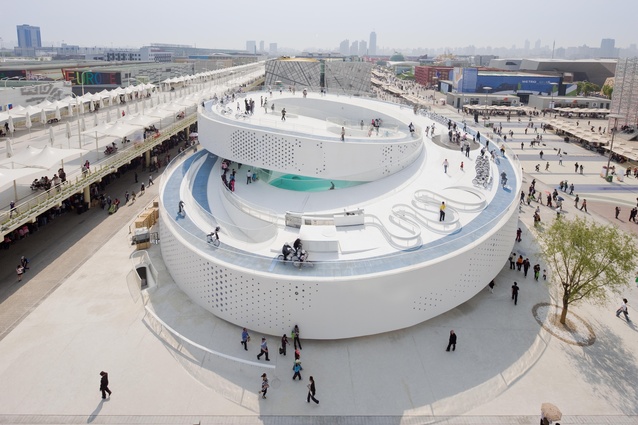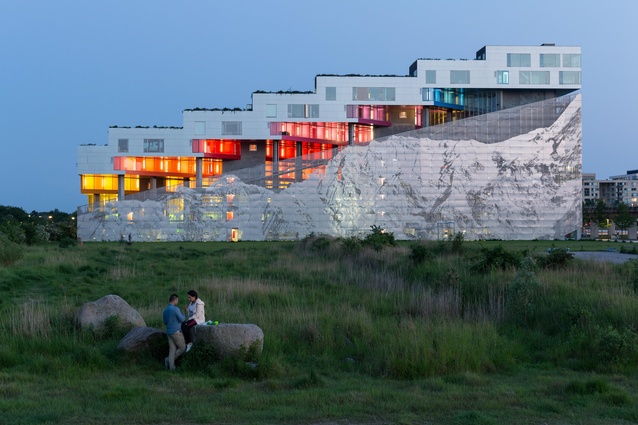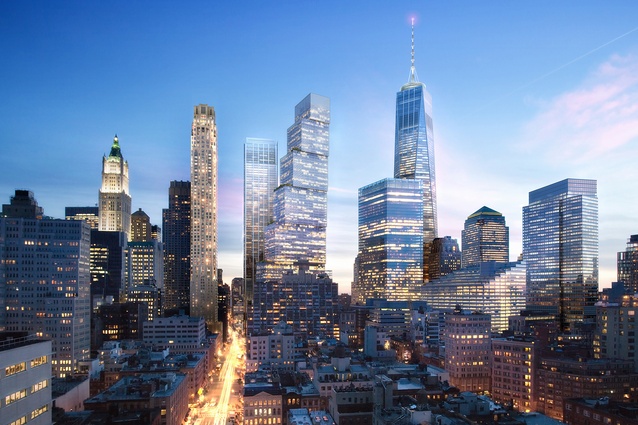Serpentine announces 2016 pavilion architect and extra commissions
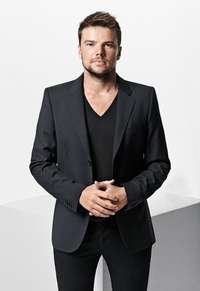
The Serpentine Gallery, London, has announced that the Bjarke Ingels Group will design its famous temporary summer pavilion in 2016. In a surprise addition to the program, the gallery has also announced that it is introducing four “summer houses” to the annual commission.
For the inaugural four houses, the gallery has commissioned four architects to each design a 25-square-metre summer house inspired by Queen Caroline’s Temple in Kensington Gardens, near where the annual pavilion is also constructed. In line with the criteria for the selection of the Pavilion architect, each architect chosen by the Serpentine has yet to build a permanent building in England.
The architects chosen for the summer houses range from young Londoner Asif Khan, who, since establishing his practice in 2007, has completed pavilion projects at the Milan Expo 2015, the Sochi 2014 Winter Olympics and the 2012 London Olympics; to 93-year-old Yona Friedman, a Hungarian-born French architect whose work has influenced the likes of the Metabolists and Archigram. Nigerian architect and urbanist Kunlé Adeyemi and American-German practice Barlow Leibinger have also been commissioned.
Bjarke Ingels Group, often referred to as BIG, is a Copenhagen and New York based group of architects, established by the relatively youthful Danish architect Bjarke Ingels (currently 41) in 2005. The office is involved in a large number of projects throughout Europe, North America, Asia and the Middle East and has over 300 employees from over 25 countries in the world, but is yet to build in England.
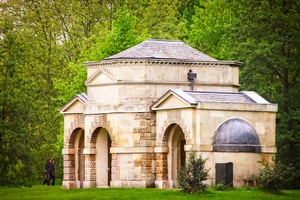
Queen Caroline’s Temple is a neo-classical summer house designed by William Kent and built for Queen Caroline in 1734. It overlooks the Long Water, which was also created for Queen Caroline, at the western end of the Serpentine lake.
The Serpentine Pavilion is an annual commission for a temporary pavilion to occupy the Serpentine Gallery’s adjacent lawns in London’s Kensington Gardens (part of Hyde Park) for four months during the English summer. The Serpentine’s first pavilion commission was in 2000 and it has since commissioned works by some of the world’s most notable architects including Zaha Hadid (2000), Peter Zumthor (2011), Sou Fujimoto (2013) as well as Chinese artist Ai Weiwei (2012).
The 2016 Serpentine Pavilion and summer houses will be exhibited from 10 June to 9 October.

